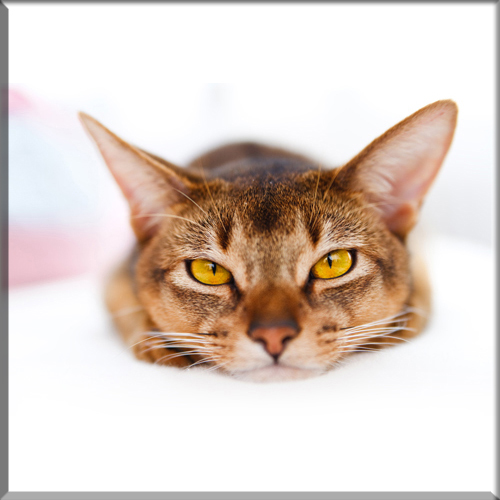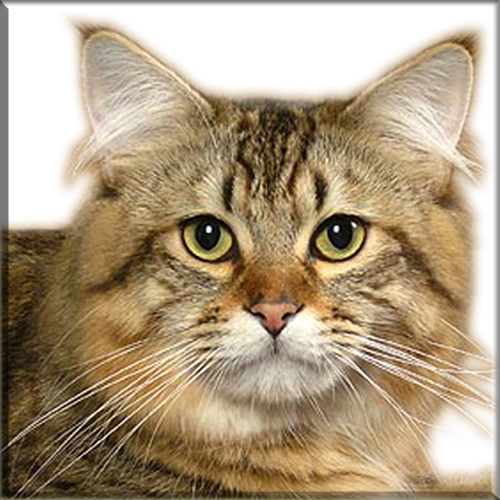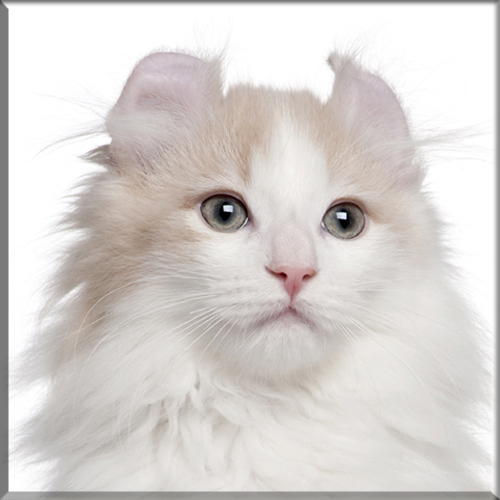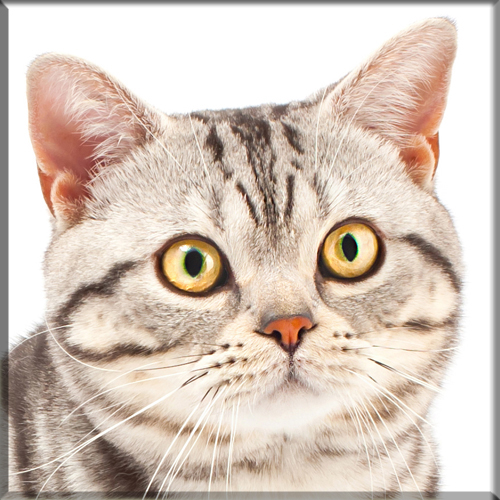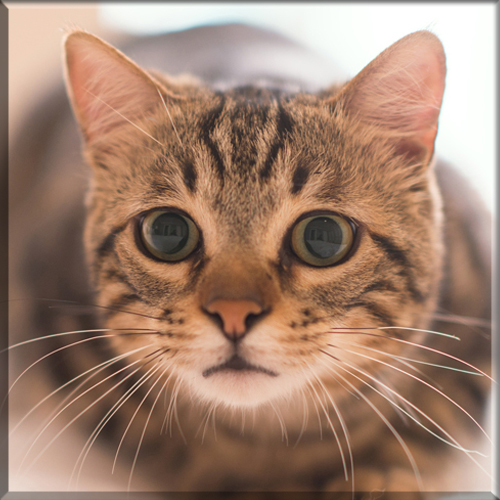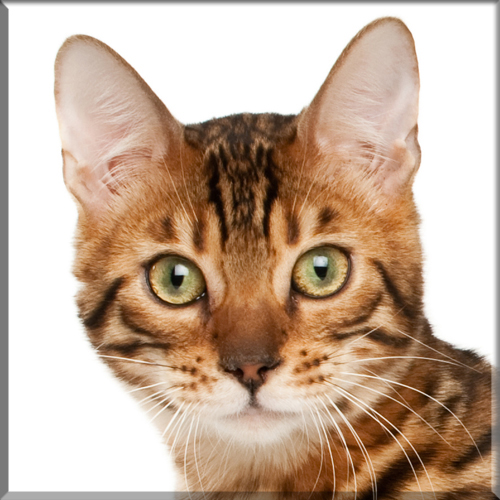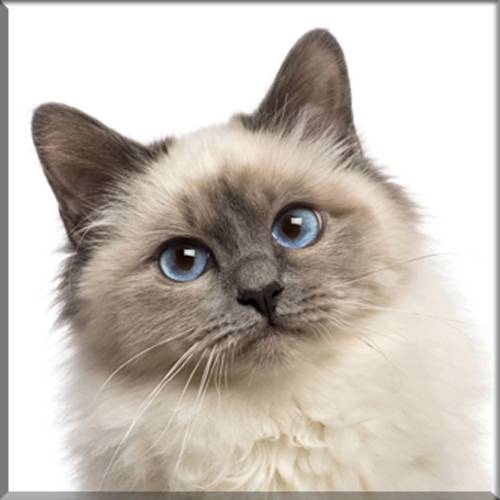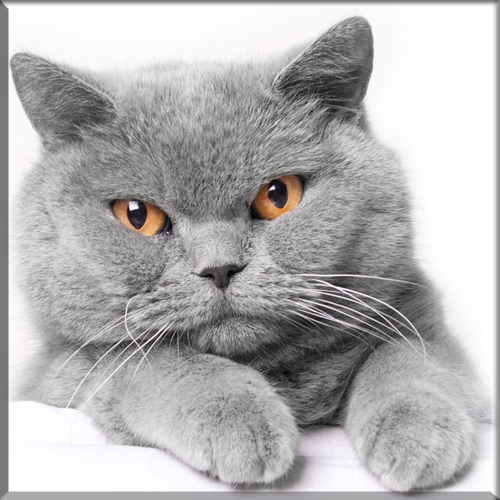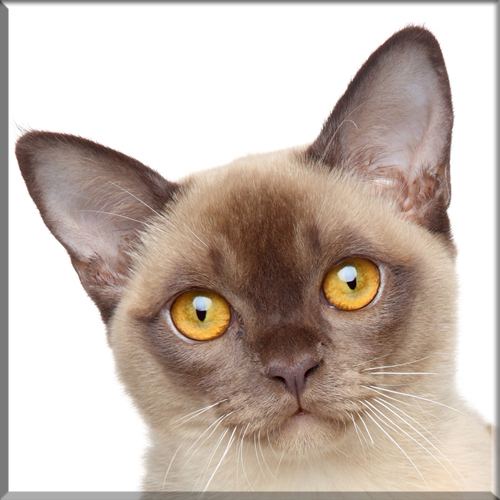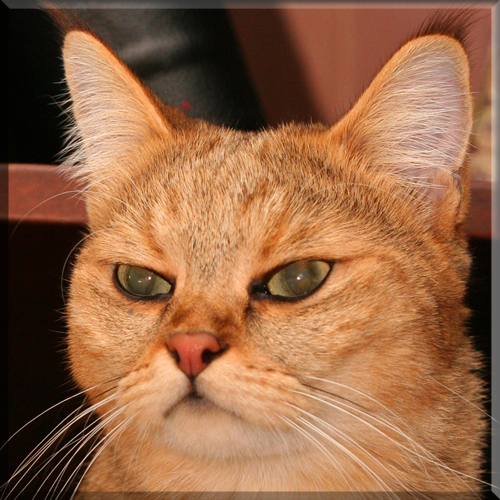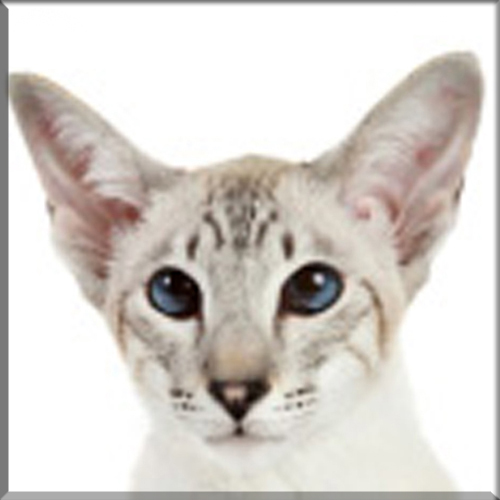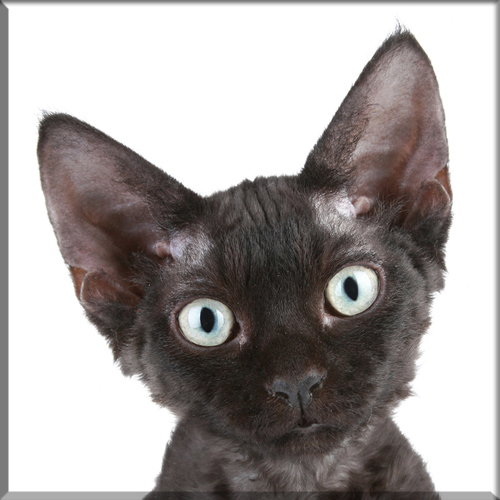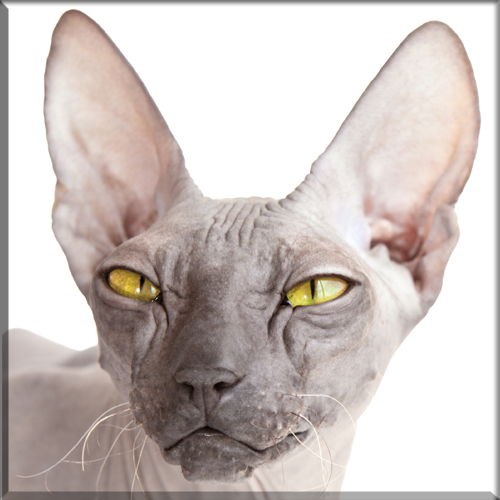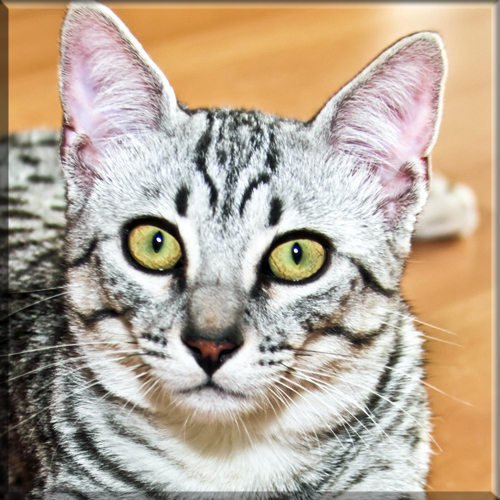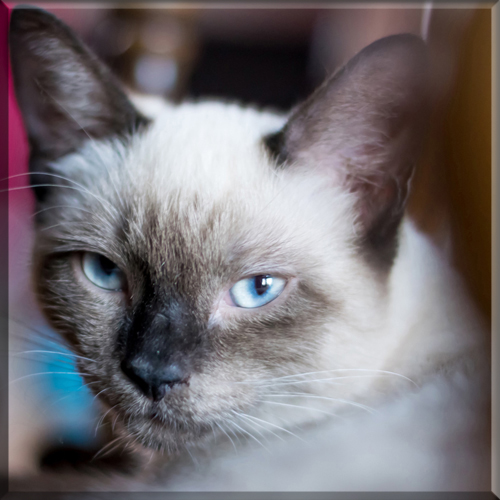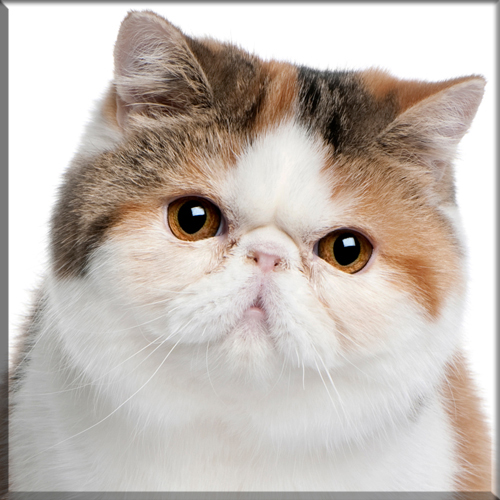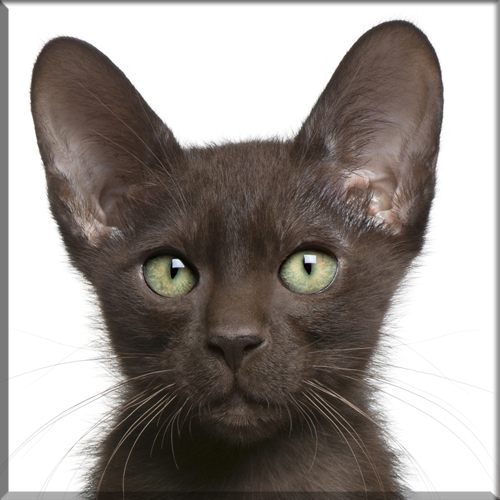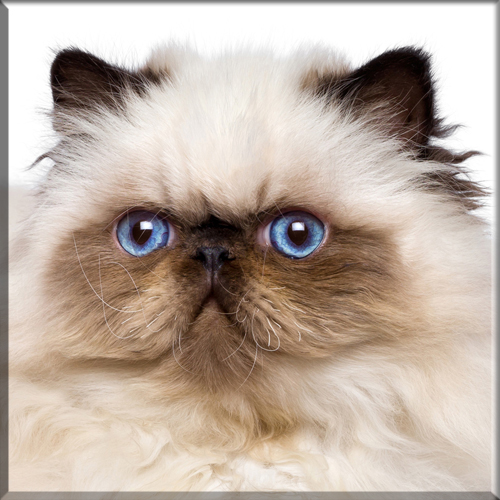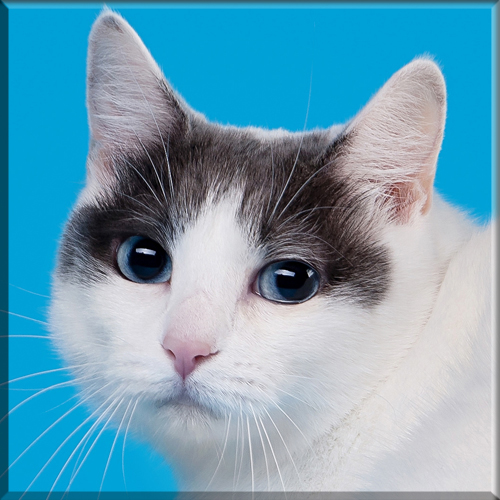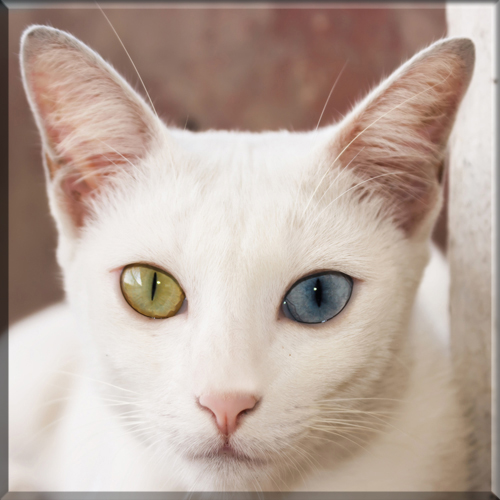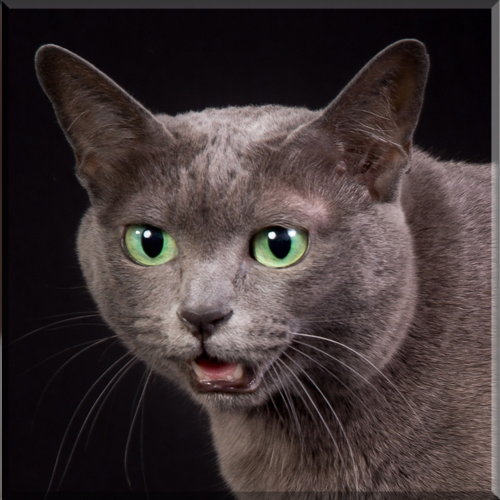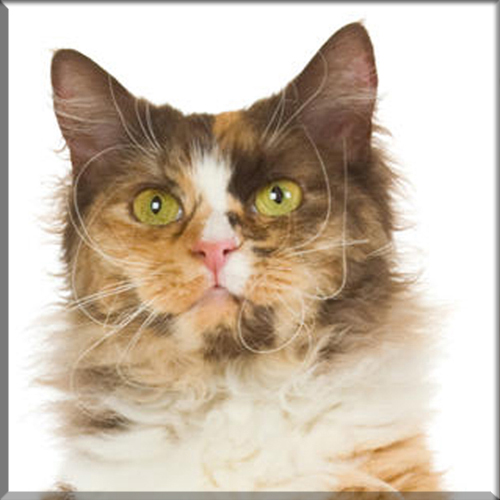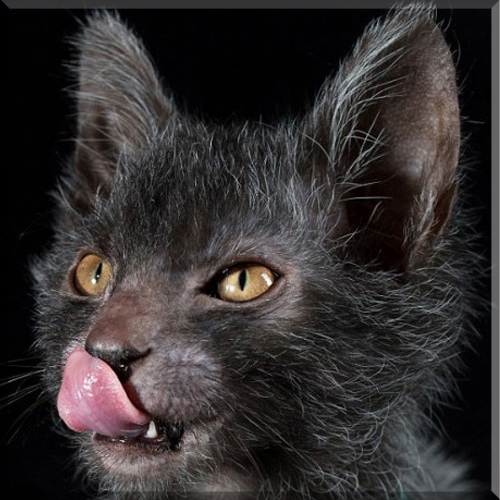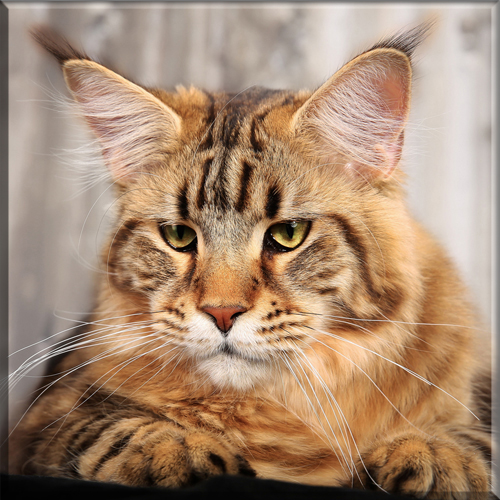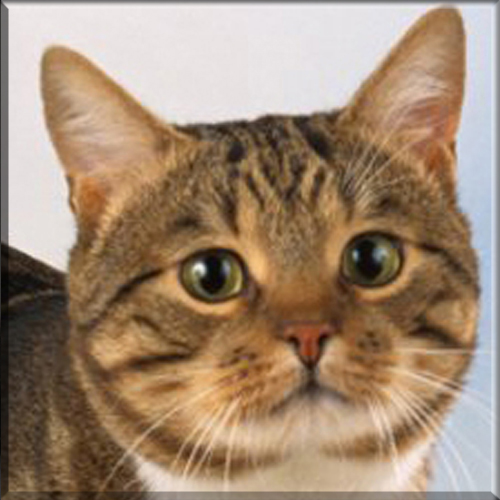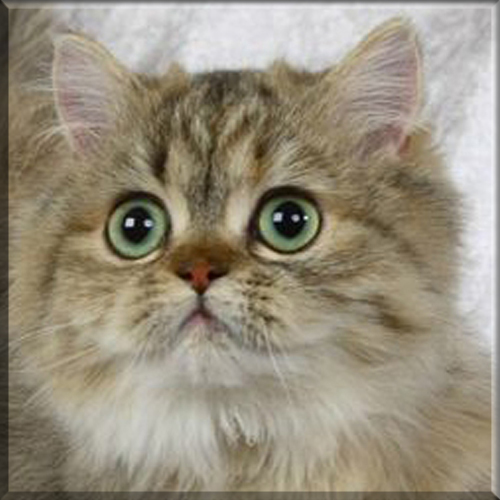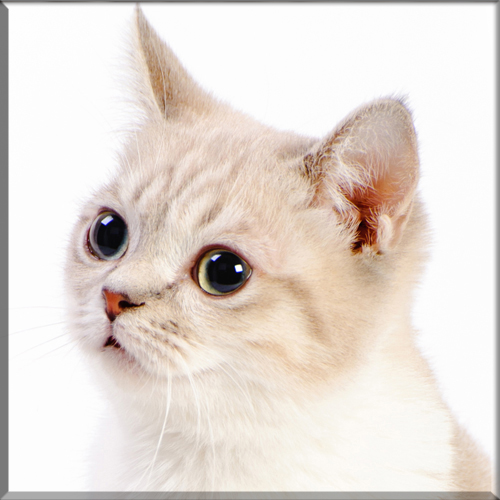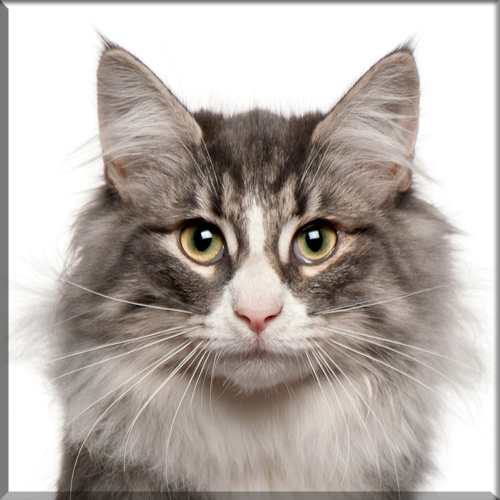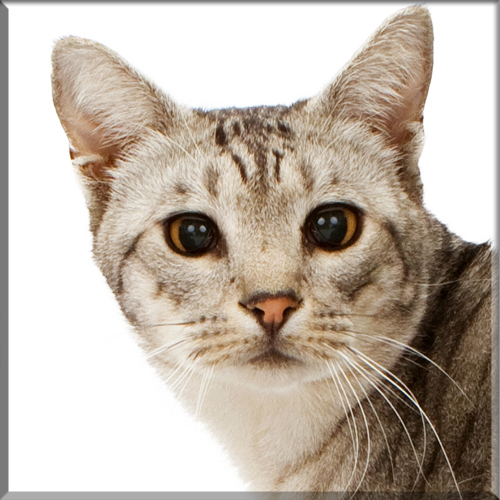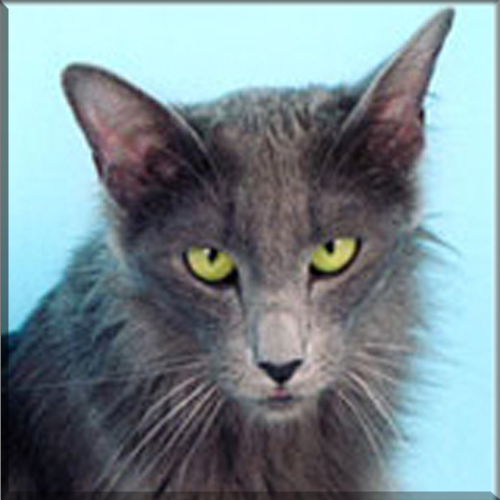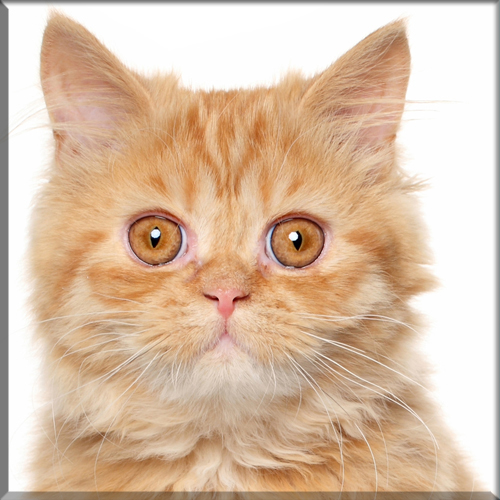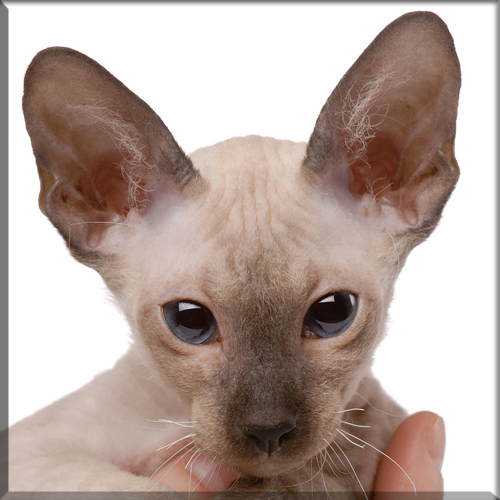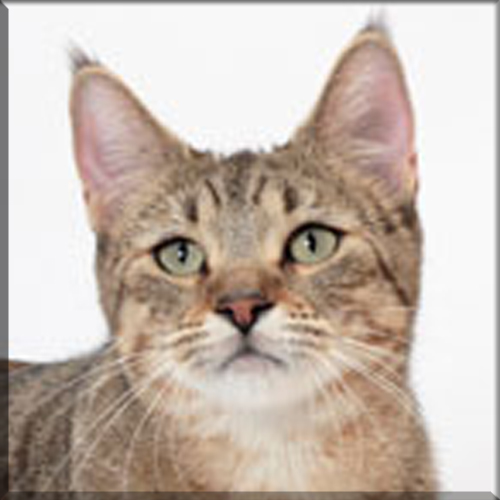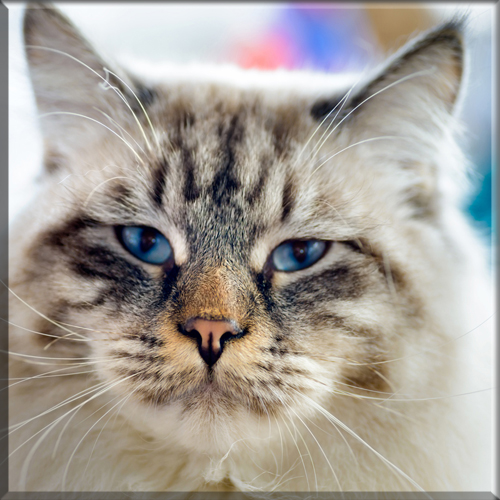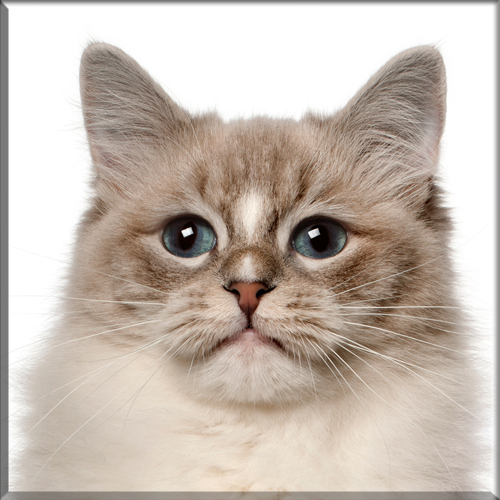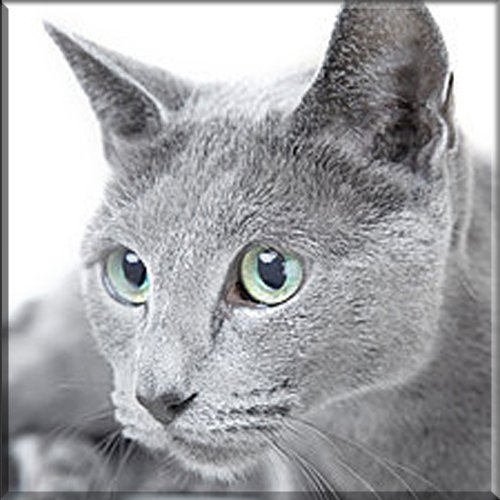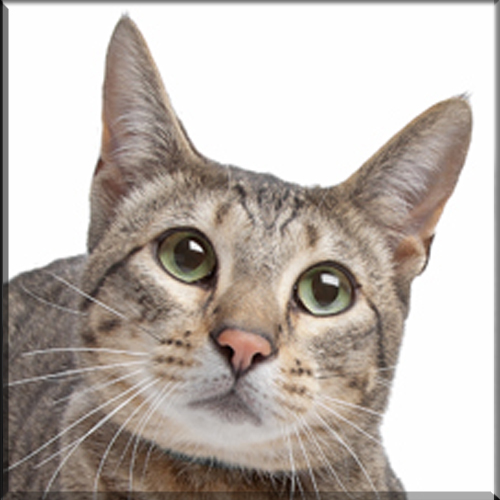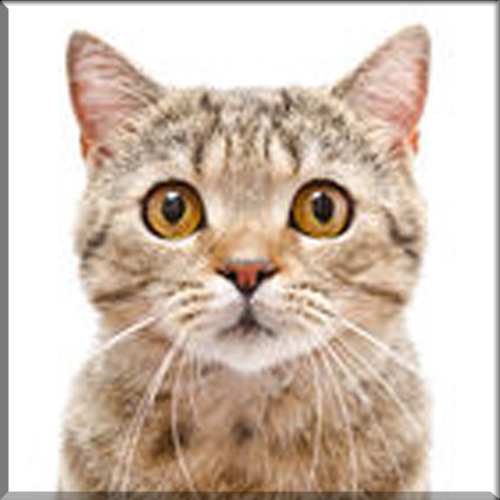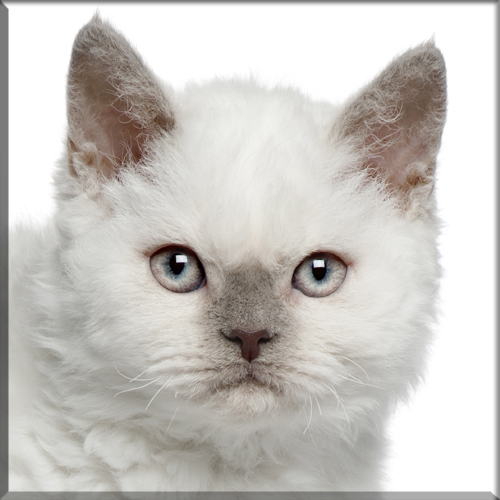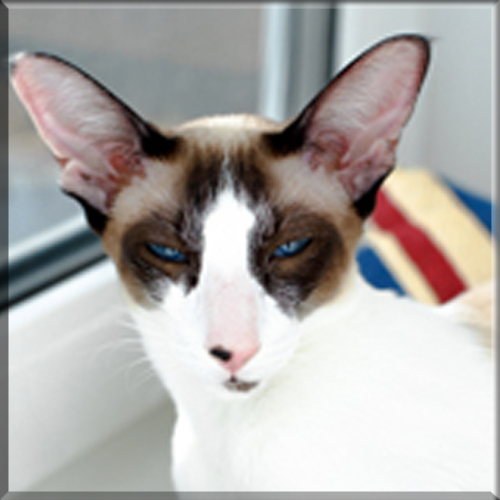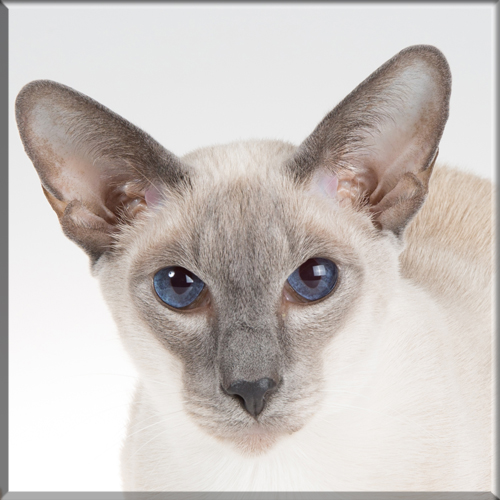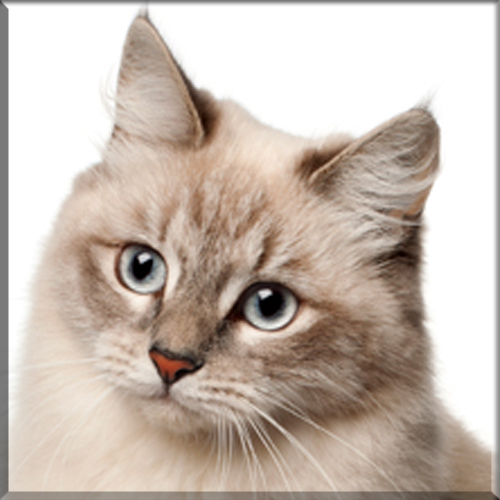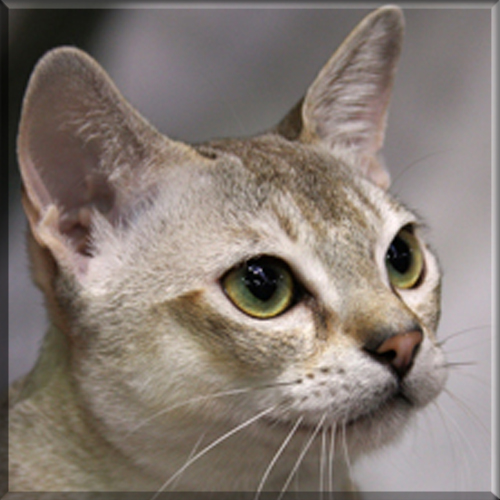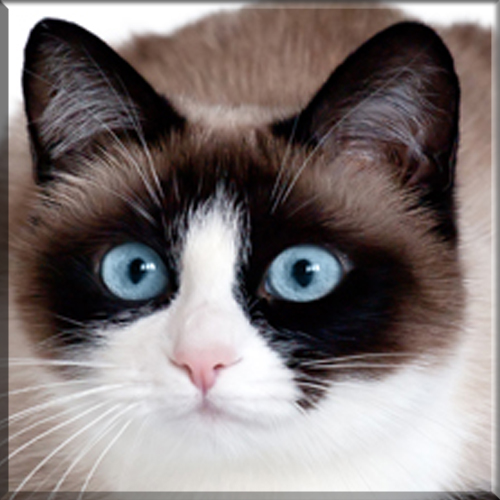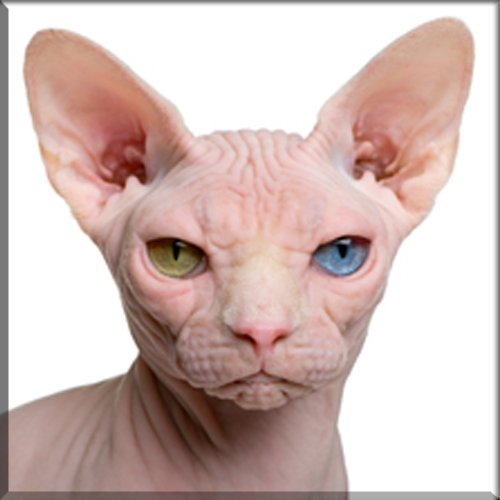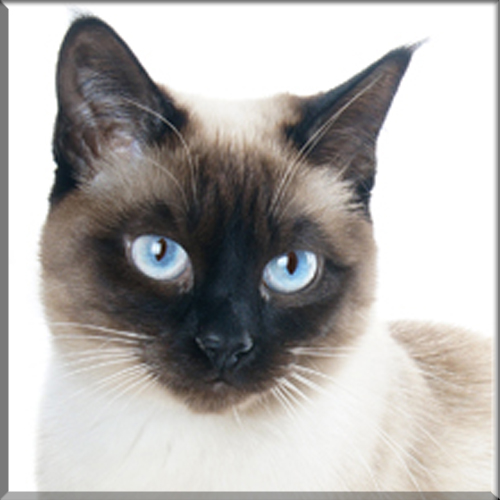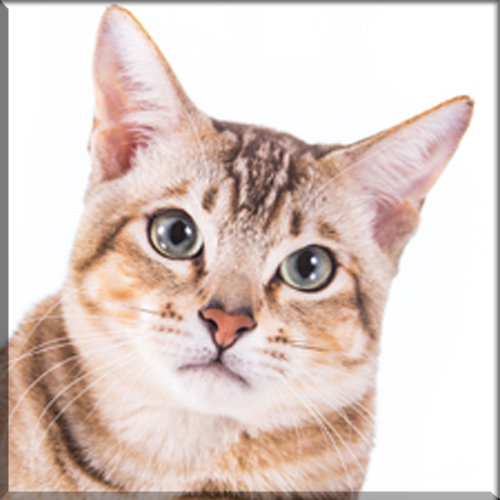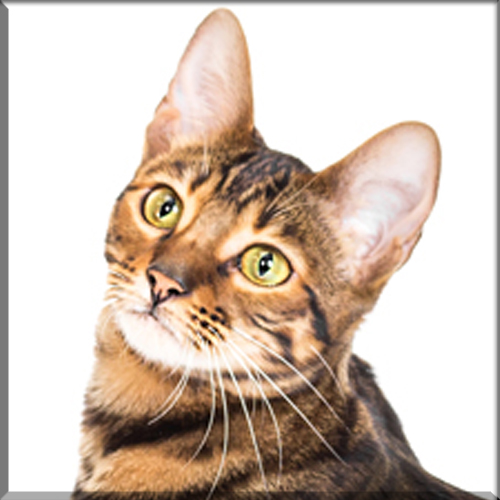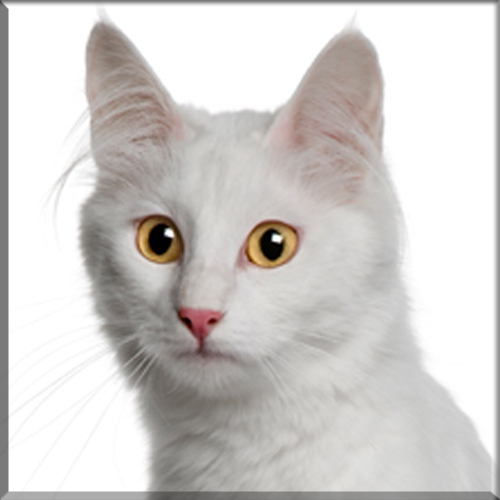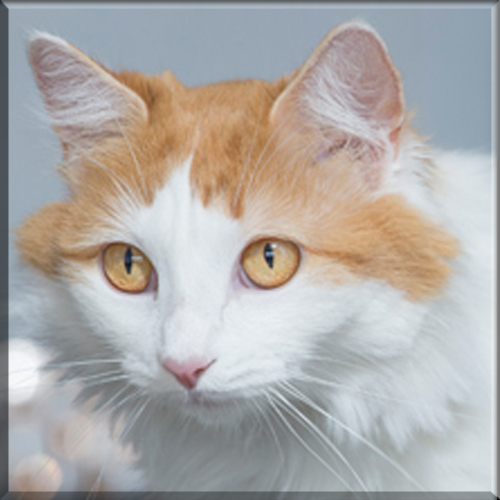Sphynx
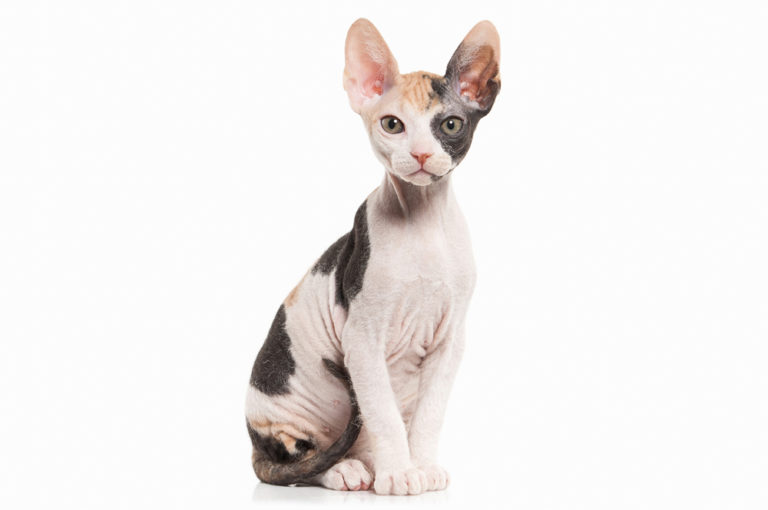
Appearance and features:
Sphynx have a wedge-shaped head with prominent cheekbone, large, lemon-shaped eyes. Very large ears with no hair on inside, but soft down on outside base. Well-muscled, powerful neck, a medium length muscular torso, barrel-chested, and full, round abdomen, sometimes called a pot belly. Their paw pads thicker than other cats, giving the appearance of walking on cushions. A whiplike, tapering tail from body to tip, (sometimes with fur all over tail or a puff of fur on the tip, like a lion)
Size:
Family:
- Dermis and Epidermis (1975) barn cats from the Pearson family of Wadena, Minnesota
- Bambi, Punkie, and Paloma (1978) stray cats found in Toronto, Ontario, Canada, and raised by Shirley Smith
Coloring:
Origin:
After purchasing these cats in 1966 and initially referring to them as “Moonstones” and “Canadian Hairless,” Ridyadh Bawa, a science graduate of the University of Toronto, combined efforts with his mother Yania, a long time Siamese breeder, and Kees and Rita Tenhoves to develop a breed of cats which was subsequently renamed as “Sphynx”. The Bawas and the Tenhoves were the first individuals able to determine the autosomal recessive nature of the Sphynx gene for hairlessness while also being successful in transforming this knowledge into a successful breeding program with kittens which were eventually capable of reproducing. The Tenhoves were initially able to get the new breed provisional showing status through the Cat Fanciers’ Association (CFA) but ultimately had the status revoked in 1971, when it was felt by the CFA Board that the breed had concerns over fertility.
Temperament:
The Sphynx is very affectionate, always wanting to be close to you. He likes the company and, he likes having someone to snuggle with so that he stays warm. They love attention, playing with teasers and toys, they have comical characters, and love drawing attention to themselves.Very highly social, these amazing cats that are great companions.
Care of the Sphynx:
Though Sphynx cats lack a coat to shed or groom, they are not maintenance-free. Body oils, which would normally be absorbed by the hair, tend to build up on the skin. As a result, regular bathing is usually necessary weekly or bi-weekly. Care should be taken to limit the Sphynx cat’s exposure to outdoor sunlight at length, as they can develop sunburn and skin damage similar to that of humans. In general, Sphynx cats should never be allowed outdoors unattended, as they have limited means to conserve body heat when it is cold. In some climates, owners provide coats or other clothing in the winter to help them conserve body heat.
While they lack much of the fur of other cat breeds, Sphynxes are not necessarily hypoallergenic. Allergies to cats are triggered by a protein called Fel d1, not cat hair itself. Fel d1 is a protein primarily found in cat saliva and sebaceous glands. Those with cat allergies may react worse to direct contact with Sphynx cats than other breeds; even though reports exist that some people with allergies successfully tolerate Sphynx cats, they are fewer than those who have allergic reactions, according to David Rosenstreich, MD, the director of the Division of Allergy and Immunology at the Albert Einstein College of Medicine and Montefiore Medical Center in the Bronx, New York City, New York. These positive reports may be cases of desensitizing, wherein the “hairless” cat gave the owner optimism to try to own a cat, eventually leading to the positive situation of their own adaptation.
Sphynx cats can also have more ear wax than most hairy domestic cats because they have little to no hair in their ears. Dirt, skin oils (sebum), and ear wax accumulates in the ears, and needs to be cleaned out on a weekly basis, usually before bath time.
The Sphynx breed also tends to accumulate oils and debris under their nails as well as the skin fold above the nail due to the lack of fur, so, like the ears, the nails and surrounding skin folds need to be cleaned properly as well. Due to these factors the breed may require more grooming than a typical domestic cat with fur. Specialty products for this cat have been developed, though they still require more grooming than most breeds.
Health problems:
The Canadian Sphynx face challenges unique to their nature. Because of their lack of protective fur, skin cancer may be a problem if exposed to sunlight for long durations of time.
The lack of hair can cause health issues with kittens in the first weeks of life because of susceptibility to respiratory infections. Reputable breeders should not let their kittens go to new homes without being at least 14 weeks of age to ensure the kitten is mature enough to cope in a new environment.
The breed does have instances of the genetic disorder hypertrophic cardiomyopathy (HCM). Studies are being undertaken to understand the links in breeding and the disorder. The Sphynx cat has a high rate of heart disease, either HCM or mitral valve dysplasia. In a study of 114 cats, 34% were found to have an abnormal heart. 16 had mitral valve dysplasia and 23 had HCM. These prevalences were found in cats with an average age of 2.62 years.
A type of muscular dystrophy associated with alpha-dystroglycan deficiency, and similar to that seen in Devon Rex cats, has also been described, but is rarely seen.
Breed Characteristics
Here is a helpful guide for the different characteristics of the breed. On a Scale of 1-5. 1 being very low level to 5 being high level.
Hypoallergenic: Yes
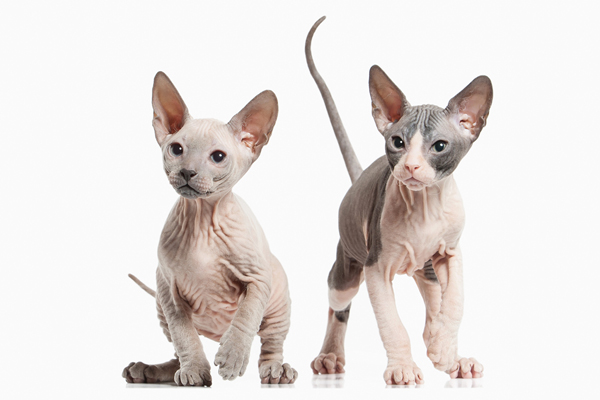
Breeders With Currently Available Kittens
All The Cat Breeds
- Abyssinian
- American Bobtail
- American Curl
- American Shorthair
- American Wirehair
- Balinese
- Bengal
- Birman
- Bombay
- British Shorthair
- Burmese
- Burmillia
- Charteux
- Chausie
- Colorpoint Shorthair
- Cornish Rex
- Devon Rex
- Donskoy
- Egyption Mau
- European Burmese
- Exotic
- Havana Brown
- Highlander
- Himalayan
- Japanese Bobtail
- Khao Manee
- Korat
- LaPerm
- Lykoi
- Maine Coon
- Manx
- Minuet / Napolean
- Munchkin
- Norwegian Forest Cat
- Ocicat
- Oriental Longhair
- Oriental Shorthair
- Persian
- Peterbald
- Pixie Bob
- Ragamuffin
- Ragdoll
- Russian Blue
- Savannah
- Scottish Fold
- Scottish Straight
- Selkirk Rex
- Seychellois
- Siamese
- Siberian
- Singapora
- Snowshoe
- Somali
- Sphynx
- Thai
- Tonkinese
- Toyger
- Turkish Angora
- Turkish Van

